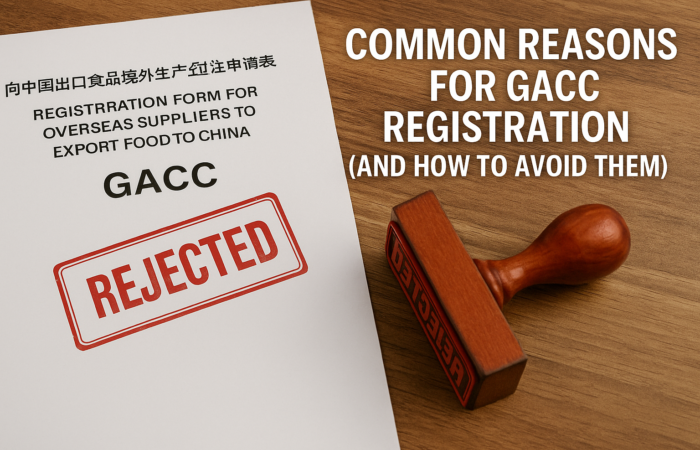Are you ready to take your business to the next level by tapping into the vast Chinese market? 🚀 Exhibiting in China can be a game-changer for your company, but it’s not without its challenges. The Chinese exhibition landscape is a world unto itself, with unique customs, expectations, and unwritten rules that can make or break your success.
Picture this: You’ve invested time, money, and resources into setting up your booth at a major Chinese trade show. The doors open, and… crickets. 🦗 Your carefully crafted marketing materials fall flat, potential clients walk by without a second glance, and you’re left wondering where you went wrong. This scenario is all too common for businesses that dive into Chinese exhibitions without proper preparation.
But fear not! Our comprehensive guide will walk you through the dos and don’ts of exhibiting in China, covering everything from pre-exhibition planning and cultural considerations to booth design, marketing strategies, and relationship building. We’ll help you navigate the potential pitfalls and set you up for success in this exciting but complex market. So, let’s dive in and explore the key areas you need to master to make your Chinese exhibition experience a resounding success! 🇨🇳💼
Understanding the Chinese Exhibition Landscape
Key differences from Western trade shows
Chinese exhibitions prioritize relationship-building over immediate sales. Unlike Western shows, expect:
- Longer decision-making processes
- More emphasis on face-to-face interactions
- Higher importance placed on business cards
| Western Trade Shows | Chinese Exhibitions |
|---|---|
| Sales-focused | Relationship-focused |
| Quick decisions | Gradual decisions |
| Less formality | More formal etiquette |
Popular exhibition venues in major Chinese cities
China boasts world-class exhibition centers in key cities:
- Shanghai: National Exhibition and Convention Center
- Beijing: China International Exhibition Center
- Guangzhou: Canton Fair Complex
These venues host diverse industries and attract global attendees.
Pre-Exhibition Planning
A. Selecting the right exhibition for your business
Choosing the ideal exhibition in China is crucial for your success. Consider these factors:
- Industry relevance
- Visitor demographics
- Exhibition reputation
- Location and accessibility
| Factor | Importance |
|---|---|
| Industry fit | High |
| Visitor quality | Medium |
| Event prestige | Medium |
| Venue location | Low |
B. Budgeting and cost considerations
Careful budgeting is essential when exhibiting in China. Account for these key expenses:
- Booth space rental
- Design and construction
- Shipping and logistics
- Staff travel and accommodation
- Marketing materials
Cultural Considerations
Business etiquette in China
When exhibiting in China, understanding local business etiquette is crucial. Key aspects include:
- Respectful greetings (slight bow, handshake)
- Exchanging business cards with both hands
- Addressing people by their titles
- Avoiding confrontation or public criticism
| Do | Don’t |
|---|---|
| Be punctual | Rush business dealings |
| Show respect for hierarchy | Use excessive physical contact |
| Practice patience | Discuss sensitive political topics |
Importance of building relationships (guanxi)
Guanxi, or personal connections, is fundamental in Chinese business culture. It involves:
- Cultivating long-term relationships
- Reciprocal favors and obligations
- Building trust through social interactions
Invest time in networking events and informal meetings to establish guanxi with potential partners and clients.
Booth Design and Setup
Creating an eye-catching display
- Use bold colors and striking visuals
- Incorporate interactive elements
- Ensure proper lighting and visibility
Incorporating Chinese design elements
| Element | Significance |
|---|---|
| Red | Luck, prosperity |
| Gold | Wealth, success |
| Dragon | Power, strength |
Blend traditional Chinese motifs with modern aesthetics to create a culturally resonant booth. Consider using auspicious numbers like 8 and 9 in your design. Incorporate feng shui principles to create a harmonious space that attracts visitors and reflects positively on your brand.
Marketing and Promotion Strategies
Leveraging Chinese social media platforms
- Popular platforms:
- Douyin (TikTok)
- Little Red Book
Developing bilingual marketing materials
| English | Chinese |
|---|---|
| Brochures | 宣传册 |
| Business cards | 名片 |
| Product catalogs | 产品目录 |
Effective marketing in China requires a strong presence on local social media platforms. WeChat, Weibo, and Douyin are essential for reaching Chinese audiences. Develop bilingual marketing materials to ensure clear communication and demonstrate respect for the local language. This approach helps bridge cultural gaps and enhances your brand’s credibility in the Chinese market.
Networking and Relationship Building
Effective use of business cards
- Exchange cards with both hands
- Study received cards before putting away
- Offer your card to everyone you meet
| Do | Don’t |
|---|---|
| Treat cards with respect | Write on received cards |
| Have bilingual cards | Run out of cards |
Organizing post-exhibition follow-ups
Follow up within 48 hours of the event. Personalize your messages, referencing specific conversations. Consider using WeChat for ongoing communication, as it’s widely used in China for business networking.
Common Pitfalls to Avoid
Underestimating cultural differences
Cultural nuances can make or break your exhibition success in China. Here are key aspects to consider:
- Respect for hierarchy
- Importance of face (mianzi)
- Indirect communication style
- Group-oriented decision making
| Do | Don’t |
|---|---|
| Use formal titles | Rush into business talk |
| Offer gifts respectfully | Criticize publicly |
| Be patient in negotiations | Ignore cultural customs |
Neglecting proper translation and interpretation
Accurate translation is crucial for effective communication. Poor translations can lead to misunderstandings and lost opportunities. Invest in professional interpreters familiar with industry-specific terminology to ensure your message is conveyed accurately and culturally appropriately.
Exhibiting in China offers immense opportunities for businesses looking to tap into the world’s second-largest economy. By understanding the unique exhibition landscape, carefully planning your approach, and respecting cultural nuances, you can significantly enhance your chances of success. Remember to invest time in designing an attractive booth, implementing effective marketing strategies, and building meaningful relationships with potential partners and customers.
As you embark on your journey to exhibit in China, keep in mind the dos and don’ts discussed in this guide. Embrace the cultural differences, be patient in your networking efforts, and avoid common pitfalls that can hinder your success. With proper preparation and a willingness to adapt, your exhibition experience in China can be both rewarding and profitable, opening doors to new business opportunities in this dynamic market.



